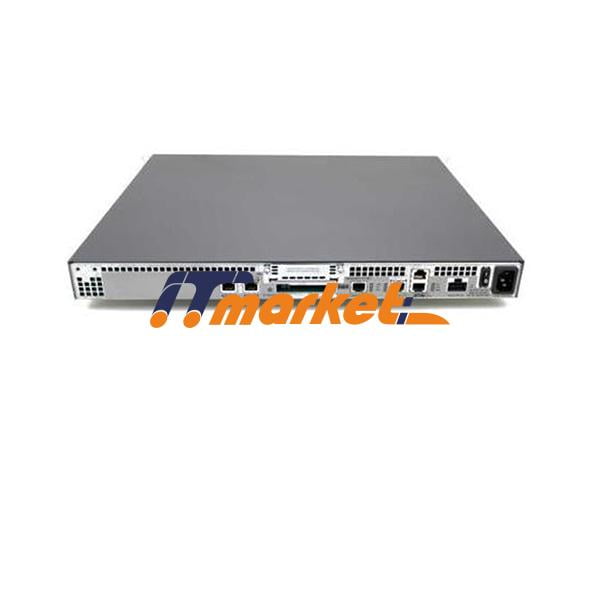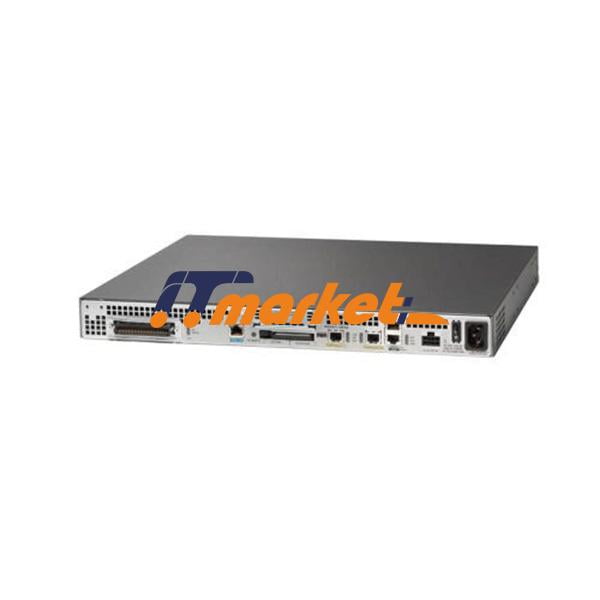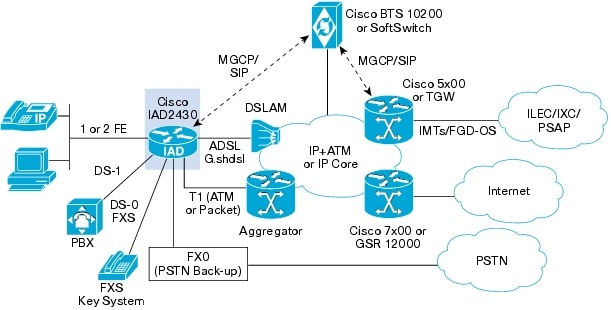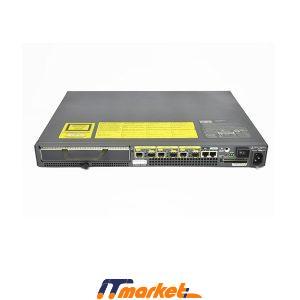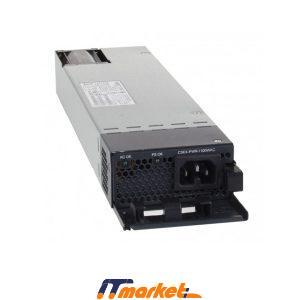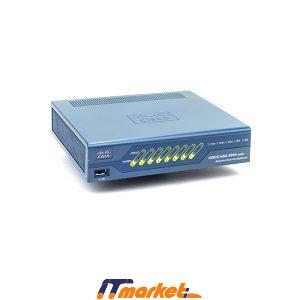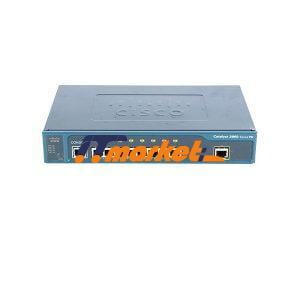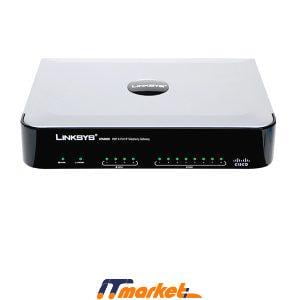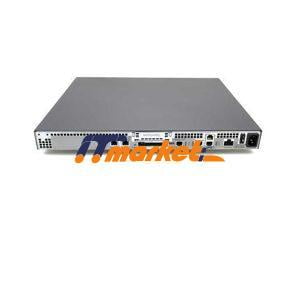Cisco IAD 2430 Business Class Integrated Access Device
Our Price
250.00 ₼
The Cisco IAD2430 offers the best-in-class integration of data and toll-quality analog or digital voice services for a customer-premises solution.
3 in stock
Compare
Ready to Ship
Description
The Cisco IAD2430 offers the best-in-class integration of data and toll-quality analog or digital voice services for a customer-premises solution. Designed to bridge the current and emerging multiservice needs of competitive local exchange carriers (CLECs), incumbent local exchange carriers (ILECs), and interexchange carriers (IXCs), the Cisco IAD2430 operates in both Class 5 switch-access and Class 5 switch-bypass architectures. Robust data and rich voice services in an interoperable system architecture allow service providers to offer new revenue-generating services.
Powered by Cisco IOS ® Software, driven by a Reduced Instruction Set Computer (RISC) processor and high-performance digital signal processors (DSPs), the Cisco IAD2430 supports VoIP, with proven quality-of-service (QoS) tools, multiple call-control protocols (such as Session Initiation Protocol [SIP], MGCP, and H.323), and diverse VoIP codecs. In addition to industry-leading voice features, the Cisco IAD2430 uses Cisco IOS Software for data features such as IP routing, on-board encryption co-processor (Triple Data Encryption Standard [3DES]), Dynamic Host Configuration Protocol (DHCP), Network Address Translation (NAT), and network security. The choice of high-density analog and digital voice interfaces over a wide range of broadband technologies furthers the appeal of the Cisco IAD2430 to a broad spectrum of service providers.
Figure 1. The Cisco IAD2430 Series Devices
The Cisco IAD2430 builds on the Cisco IAD2420’s patented Simple Network-enabled Auto Provisioning (SNAP) technology, a next-generation auto-installation mechanism designed for faster service turn-up, configuration, and remote updates. When used with Cisco Configuration Express, service providers can order, preconfigure, and ship the Cisco IAD2430 directly to end customers, reducing the costs of warehousing, shipping, and manual intervention.
Primary Applications
The Cisco IAD2400 Family Series has set the stage for migration from traditional to new architectures, by allowing service providers to deliver toll quality voice and data services over circuit- or packet-switched networks. With the Cisco IAD2430, changes in the core service provider’s network are transparent to end users.
Figures 2 and 3 show the Cisco IAD2430 network architectures. Service providers can start by offering simple TDM-based voice services as depicted in Figure 2. As end-customer needs grow and service providers deploy more packet-based technologies in their network cores, customers can gradually be migrated to more cost-effective service offerings based on packetized voice as shown in Figure 3. The Cisco IAD2430 derives local voice services from either TDM-based Class 5 switches or from call agents (soft switches).
Figure 2. Cisco IAD2430 in a Data and GR.303-Based Voice (TDM) Architecture
Figure 3. Cisco IAD2430 in Data and Call Agent-Based Voice (VoIP) Architecture
Tags: cisco, cisco router

